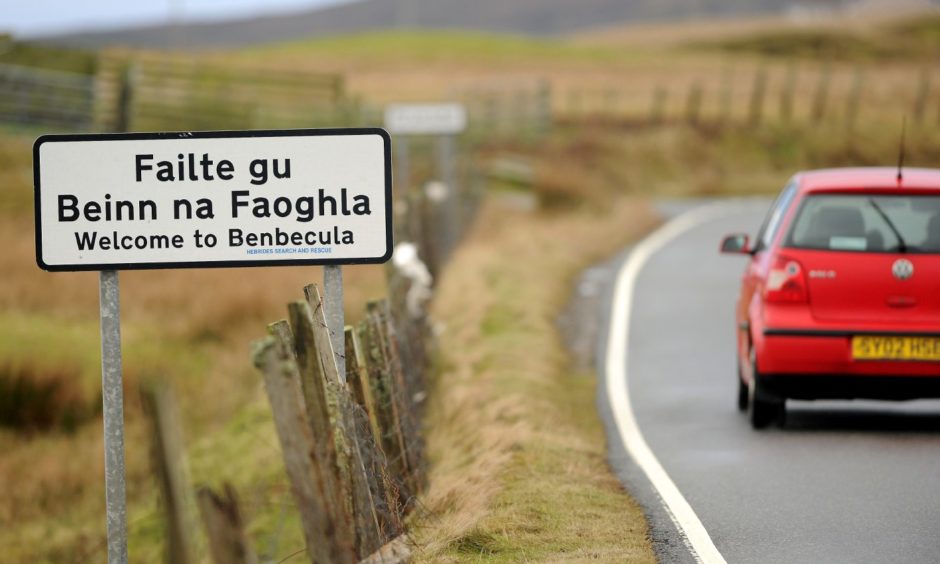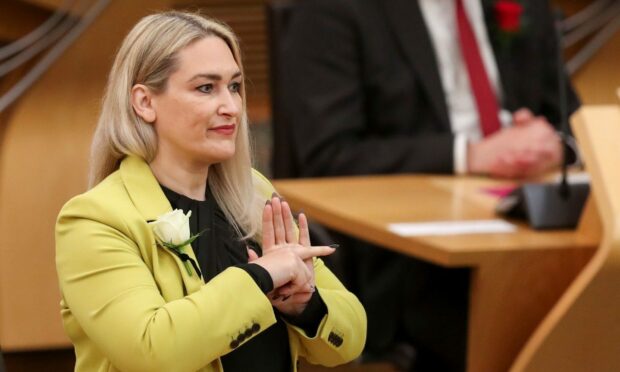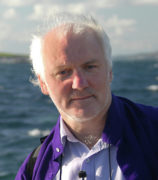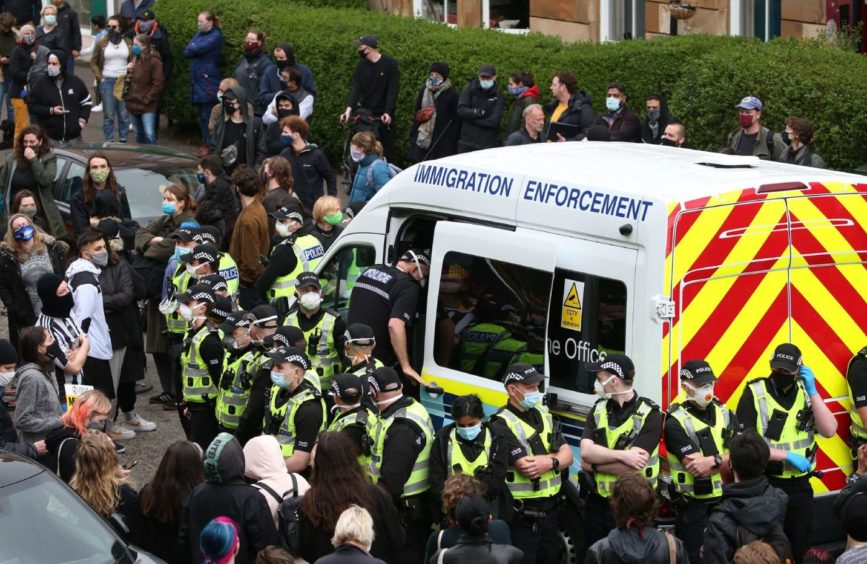Politics has always been mostly about symbol and gesture, so it was no surprise – though a bit tiresome and predictable – to see all the new MSPs strut their stuff in Holyrood last week when they took their oaths.
Little white roses aplenty, a kilt or two, a clenched fist here and there and a spattering of languages, just to show that even if all they want is the little white rose of Scotland, they are aware – with the eyes of their constituents and a bit of the world on them – that there are other mythic roses, and thorns, too.
My own ancestral Highland Chiefs knew the power of symbol very well. I’m not sure that it was either for comfort or practicality that they swathed themselves in the finest tartan decorations when having their portraits painted. The great artist Sir Henry Raeburn made a splendid job of Colonel Alastair Ranaldson Macdonell of Glengarry (1771-1828), whose portrait hangs in the Scottish National Gallery in Edinburgh.
Colonel Alastair looks terrific, all the way from his feathered bunnet to his tartan-stockinged feet, holding a fine musket. Meantime, away from the studio, he was busy clearing his tenants from the land to make way for sheep. The great Gaelic poet Sorley MacLean gave him this solo line in one of his poems: “Rinn e milleadh air Cloinn Dòmhnaill”. In English: “He spoiled Clan Donald.”
Dressing up or dressing down? Both have meaning
Appearance has always mattered. The Picts, for example, knew the power of paint. I suppose facing up to a multi-painted warrior was a bit more challenging to any ancient Roman than facing up to a peely-wally mannie shaking the heather from his loins.
And what about those awesome Vikings with their splendid spiked helmets? Or the bonny Highlanders in their military kilts sent over the top again and again and again? No great mischief if they fall, as General Wolfe put it at the Heights of Abraham.
To pay lip service to a thing might even be worse than to ignore it altogether
Dressing down has its symbolic power as well, of course. Barefoot monks sent their own clear message that this vale of tears was nothing compared to the glory to come. But whether dressing up or dressing down, the important thing is that actions match the symbol.
For what’s the point of dressing up like a Clan Chief Warrior if, at the same time, you are clearing the people you are supposed to lead and represent? Chaucer’s Canterbury Tales is marvellously riddled with such characters, off on their pilgrimage.
Politicians make gestures – ordinary people take action
Gestures and symbols matter. Of course they do. And carry tremendous power. Think of the visual power of the Soviet hammer and sickle. Of the mass singing of La Marseillaise. Of taking the knee, reminding all of us that racism ought to have no place in our lives.
Seeing Gaelic on road signs validates the language for those of us who were told for years and years that it was a backward, and only oral, tongue. To be heard (quietly by the hearth) and certainly not seen in public.

I like the fact that our elected parliamentarians took their oaths in British Sign Language and in English and in Orcadian and in German and in Scots and in Urdu and in Zimbabwean Shona and in Doric and in several other languages, as a symbolic gesture of indigenous and international solidarity. Put into action the following day by ordinary people in Kenmure Street in Glasgow.
Politics as the art of the possible, not just performance
What matters at the end of the day, of course, is not the gesture but the action. To pay lip service to a thing might even be worse than to ignore it altogether. For it is one thing to stick on a kilt and sporran and a feathered bunnet; it’s another to go to the roots of those outward things and to learn and use Gaelic before you adorn yourself with its symbols, via Sir Walter Scott and the House of Hanover.
You must practice, with grace, what you preach. Move from the art to the craft of politics: from taking your oath in Gaelic to putting robust radical policies in place to ensure its survival and growth. From gestures, to the things that really improve our lives: making sure potholes are repaired, ferries are built, hospitals are resourced, schools are supported, jobs are created, social houses are built, land is made affordable, the environment is safeguarded.
No little white rose on the lapel, or a word of Doric, or a bonny kilt or a clenched fist will enable these things. Only politics as the art of the possible, not as the posture of performance.
Angus Peter Campbell is an award-winning writer and actor from South Uist












